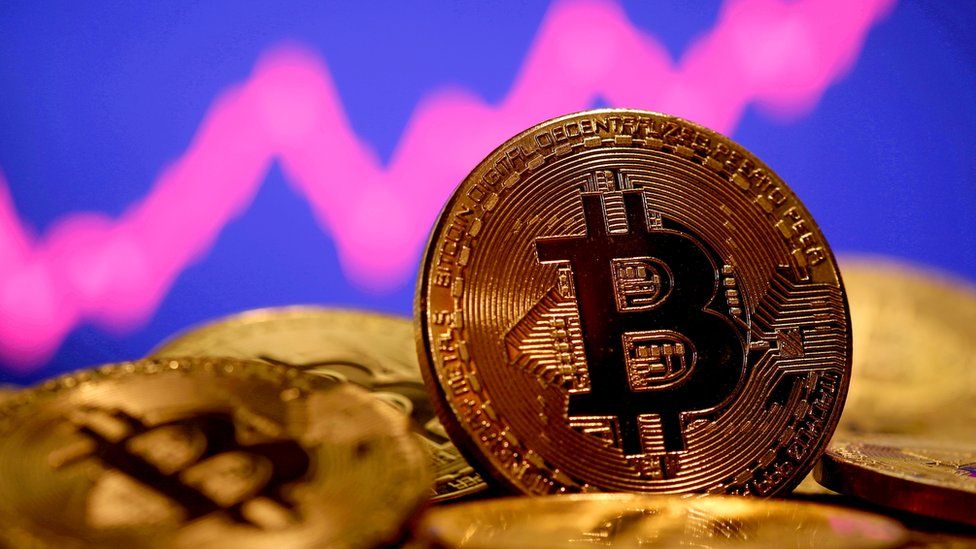Is Bitcoin Repeating Its 2019 Downtrend? Analyst Issues Warning
18.03.2025 18:00 1 min. read Alexander Stefanov
A well-known crypto analyst is raising concerns that Bitcoin might be following a bearish trajectory similar to 2019 due to a key macroeconomic factor.
Benjamin Cowen highlights a historical pattern linking Bitcoin’s performance to the Federal Reserve’s monetary policy. He suggests that just as Bitcoin struggled to stay above the bull market support band in 2019, it could face similar challenges now.
This support level is determined by the 20-week simple moving average (SMA) and the 21-week exponential moving average (EMA).
Cowen attributes this potential downturn to ongoing quantitative tightening by the Fed. He notes that back in 2019, Bitcoin dropped below key support levels when the central bank adjusted its policies amid economic concerns.
A similar situation is unfolding now, with the Atlanta Fed forecasting negative GDP growth for Q1, alongside persistent inflation worries and trade tensions.
However, Cowen believes a Bitcoin recovery is possible if the S&P 500 rebounds from its recent losses. He points out that stock market cycles often bottom out around mid-March or, in some cases, by mid-April.
If equities stabilize, Bitcoin may have a chance to reclaim its bullish momentum. The key question, he says, is whether the S&P 500 continues to weaken or finds support sooner than expected, which would influence Bitcoin’s ability to break back above critical resistance levels.
-
1
Michael Saylor Urges Apple to Buy Bitcoin
11.06.2025 9:00 1 min. read -
2
Bitcoin Price Prediction: Can the Genius Act Push Bitcoin to $200K?
20.06.2025 22:52 3 min. read -
3
Bitcoin Nears Key Support Levels Amid Growing Market Uncertainty
10.06.2025 18:00 1 min. read -
4
Quantum Computing Won’t Kill Bitcoin, Says Michael Saylor
10.06.2025 12:00 1 min. read -
5
Strategy’s Michael Saylor Says Bitcoin’s Volatility Era Is Over
13.06.2025 8:00 1 min. read
Strategy Boosts Bitcoin Holdings to 597,325 BTC with Latest Purchase
Bitcoin giant Strategy has added another 4,980 BTC to its reserves in a purchase worth approximately $531.9 million, according to Executive Chairman Michael Saylor.
Veteran Trader Peter Brandt Shares Simple Wealth Strategy with Bitcoin at Its Core
According to renowned market veteran Peter Brandt, trading isn’t the path to prosperity for the vast majority of people.
Why Bitcoin Is Stuck Despite Wall Street Demand
Charles Edwards, founder and CEO of Capriole Investments, has offered a fresh perspective on Bitcoin’s stalled price movement near the $100,000 mark, despite growing institutional enthusiasm.
Metaplanet Now Holds 13,350 BTC Worth $1.4 Billion
Metaplanet has expanded its Bitcoin treasury with a new acquisition of 1,005 BTC valued at approximately $108.1 million, further cementing its status as one of the largest corporate holders of the digital asset.
-
1
Michael Saylor Urges Apple to Buy Bitcoin
11.06.2025 9:00 1 min. read -
2
Bitcoin Price Prediction: Can the Genius Act Push Bitcoin to $200K?
20.06.2025 22:52 3 min. read -
3
Bitcoin Nears Key Support Levels Amid Growing Market Uncertainty
10.06.2025 18:00 1 min. read -
4
Quantum Computing Won’t Kill Bitcoin, Says Michael Saylor
10.06.2025 12:00 1 min. read -
5
Strategy’s Michael Saylor Says Bitcoin’s Volatility Era Is Over
13.06.2025 8:00 1 min. read


